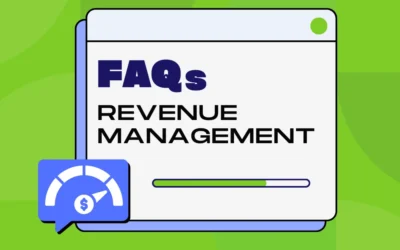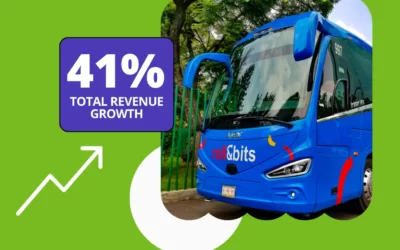A smart pricing strategy increases your sales, occupancy and allows fans to attend games with affordable prices. Fans now have multiple platforms to watch matches. That’s why clubs must try strategies that help grow their ticket and attendance revenue, minimizing...
Revenue Management
We answer frequently asked questions about Revenue Management
We answer your questions about Revenue Management so that you can learn how to optimize your revenues and maximize profits in a competitive industry. In such a competitive industry, revenue optimization is an undisputed priority for any business. In this context,...
BrainPROS: The Future of Smart Pricing
On April 25th, we hosted our second webinar of the year titled 'BrainPROS: The Future of Smart Pricing', led by Camilla Brugali, Product Manager of BrainPROS, our Revenue Management system. https://youtu.be/isLzpNQIBZ0?si=tJvC7KsQGCBkMC0i We continue with our webinar...
Revenue Management, the way to boost the growth of bus companies
At Reservamos SaaS, we have developed specialized technology focused on maximizing the revenue of each partner company and increasing the demand for digital tickets, with the help of our Revenue Management system. The main objectives for any company are to increase...
Optimizing Bus Ticket Sales: Revenue Management Strategies
In the bus sector, competition has increased, and revenue optimization is crucial for the success of companies. To explore the latest trends and best practices in this industry, Reservamos SaaS hosted a webinar in collaboration with Viva Aerobus, titled "Revenue...
Roll&Bits achieves a 41% growth in total revenue with the help of BrainPROS, our Revenue Management system
Since late 2022 and throughout this year, our product, Revenue Management, and development teams have focused on making BrainPROS a dynamic and user-friendly tool for our partners. One of them is Roll&Bits, a 100% digital Mexican ground transportation company that...






